Ecuador and the Galapagos: in Darwin’s footsteps
Renowned for the rich diversity of its wildlife, Ecuador has a vivid sense of human history too





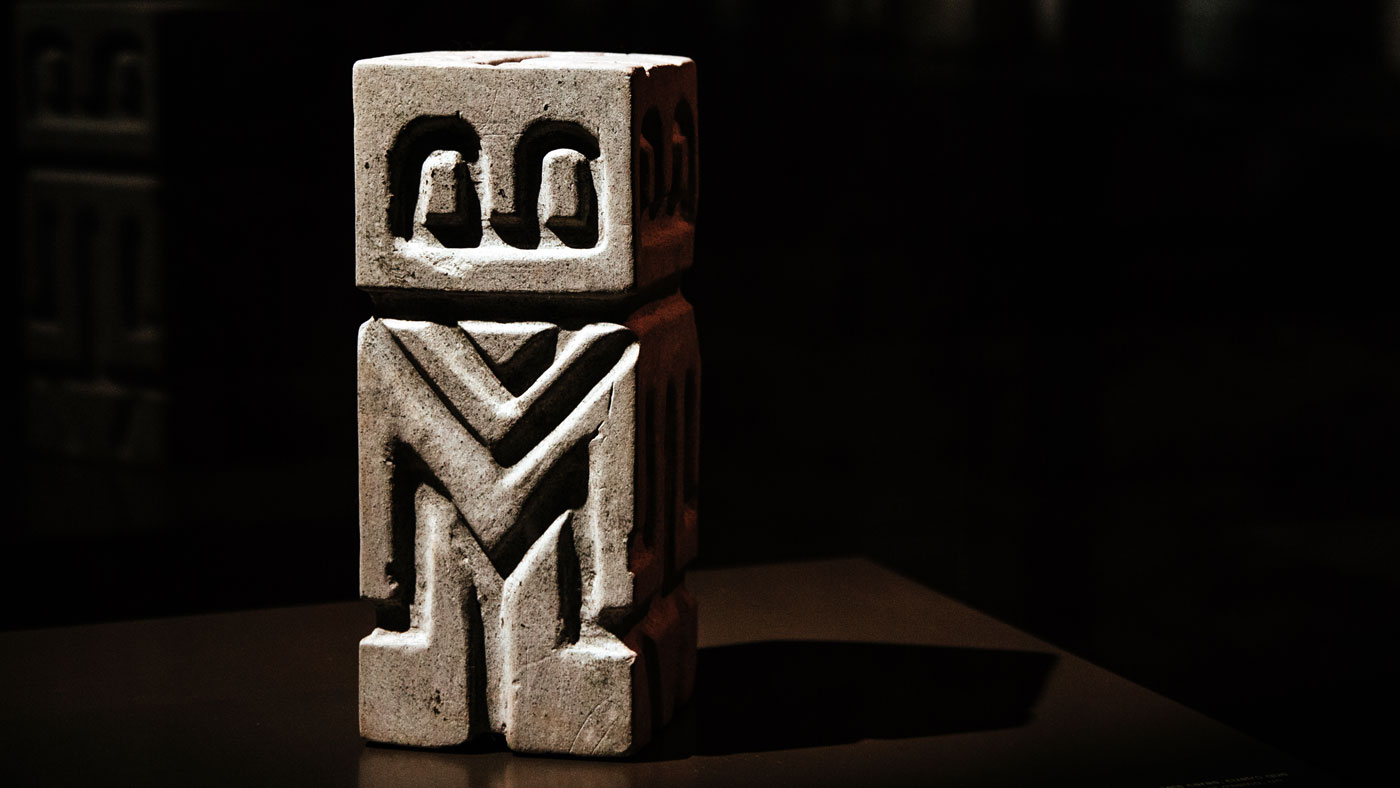

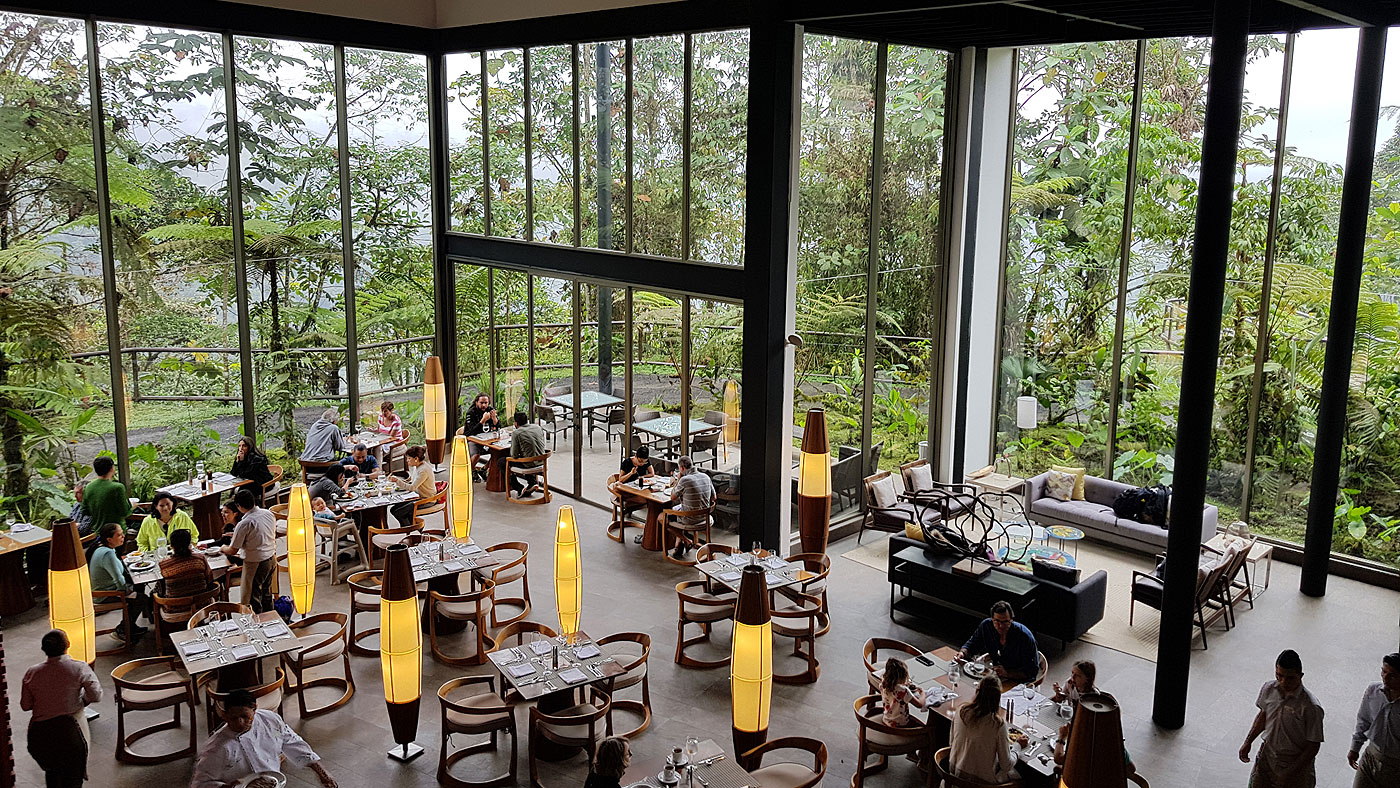








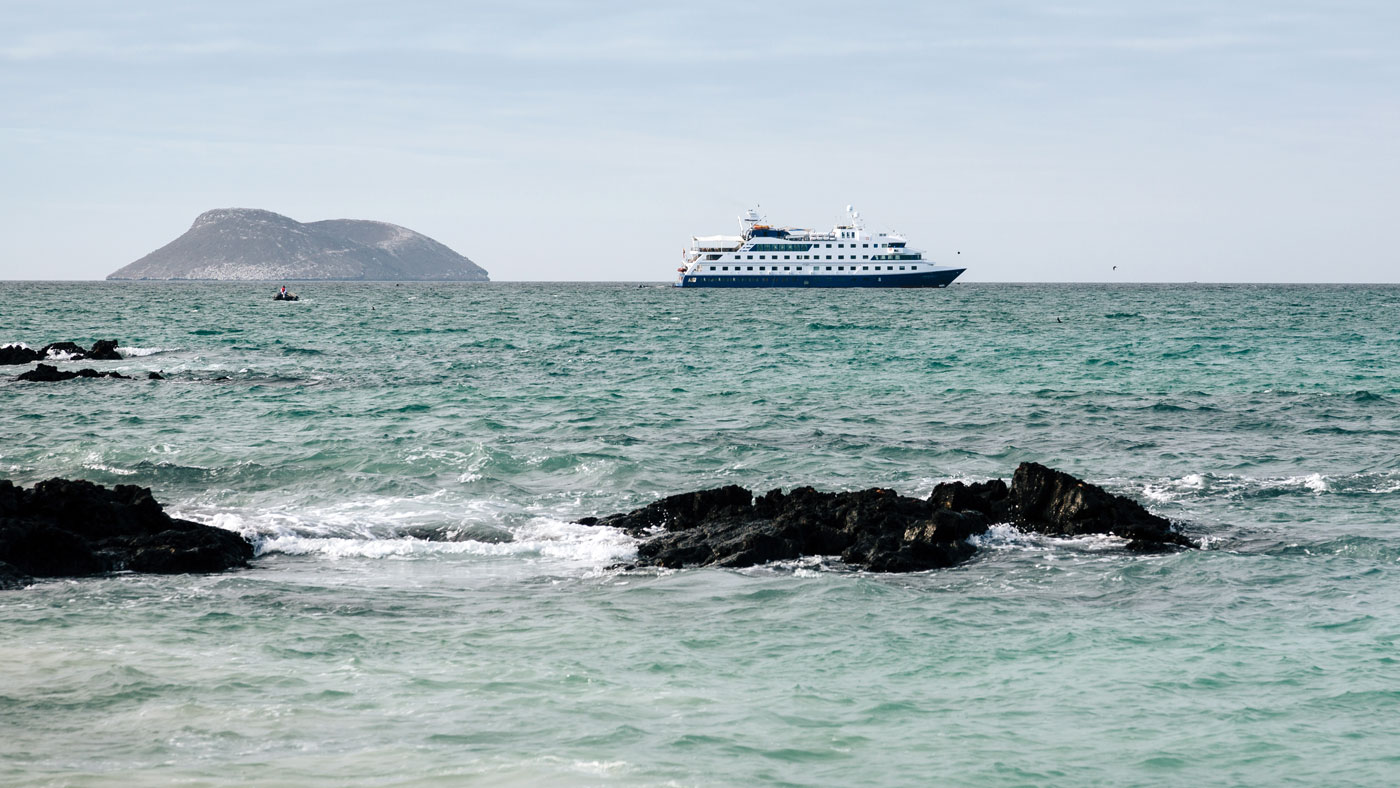















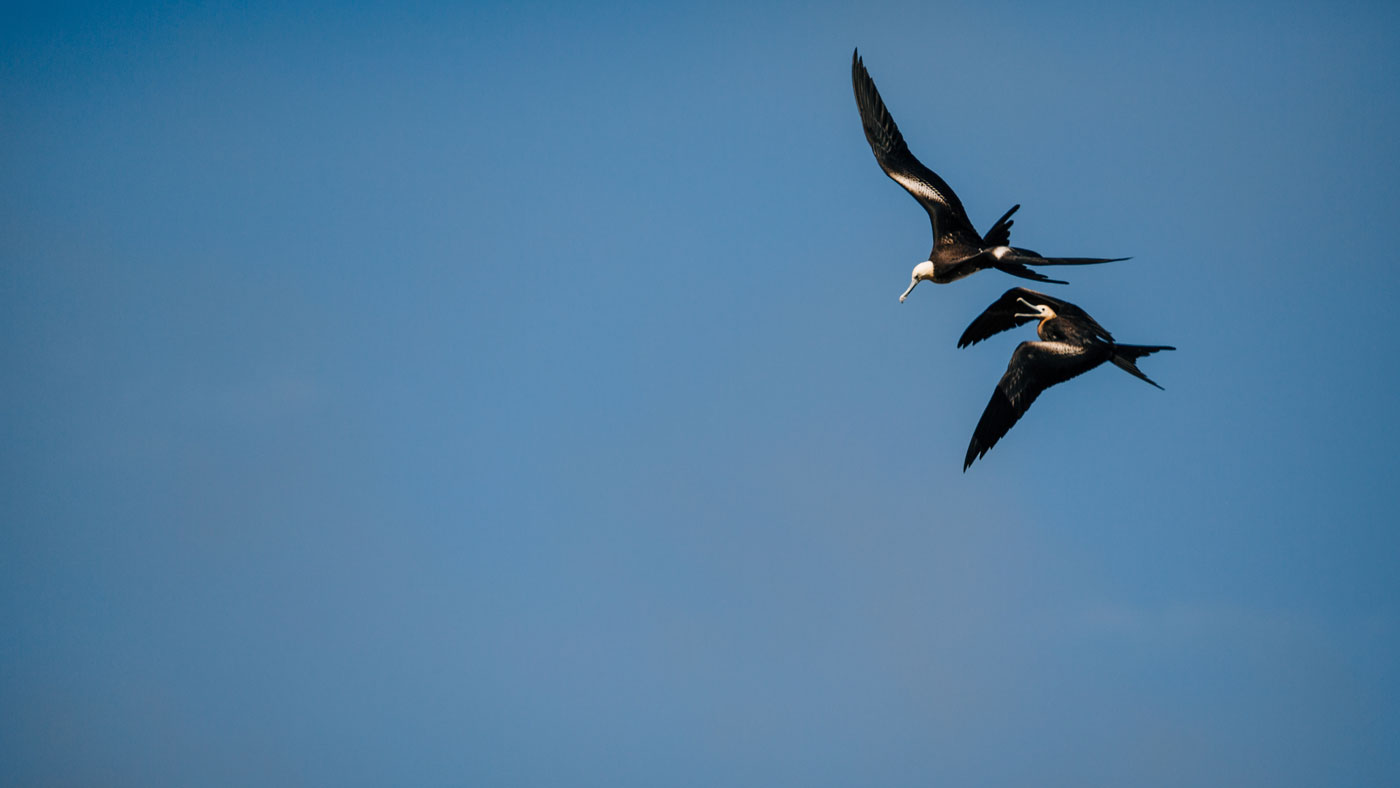

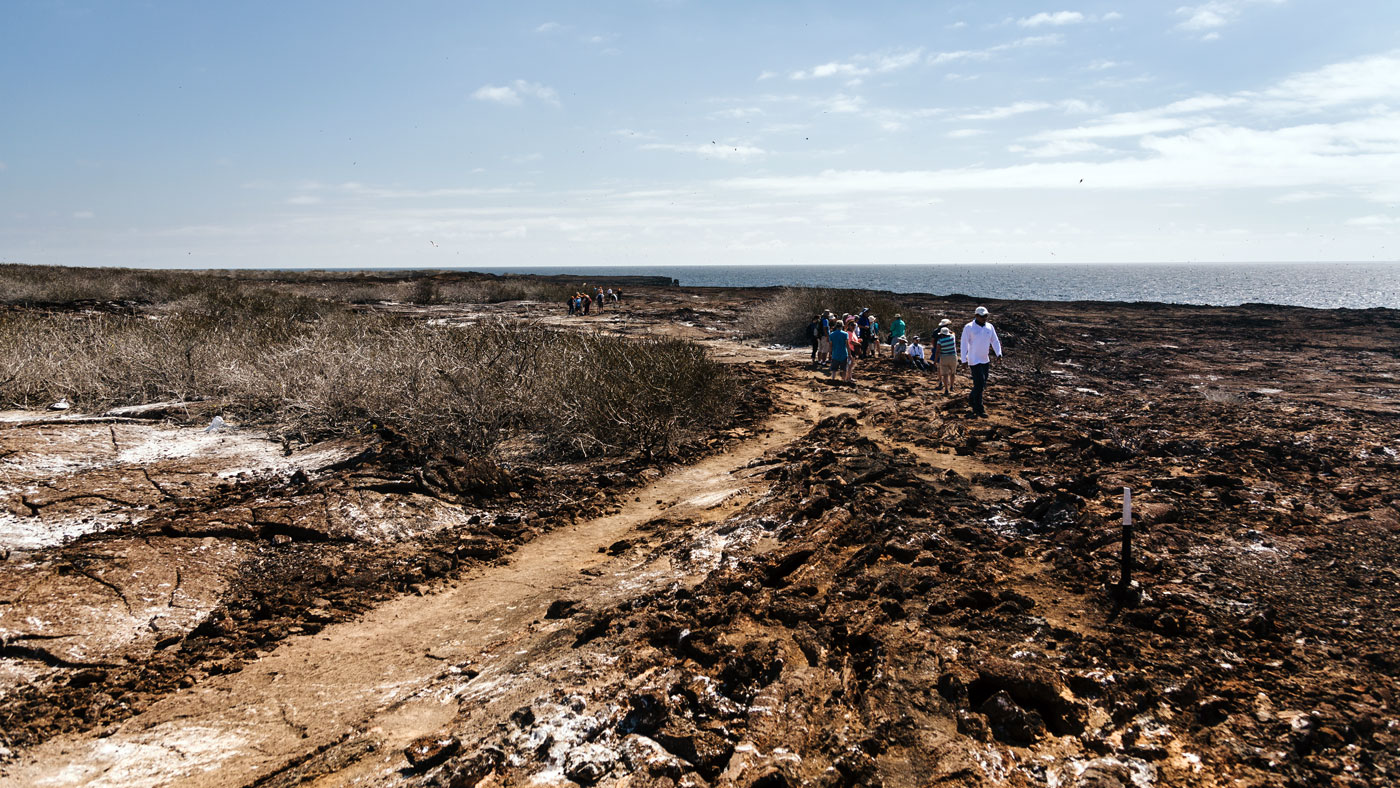


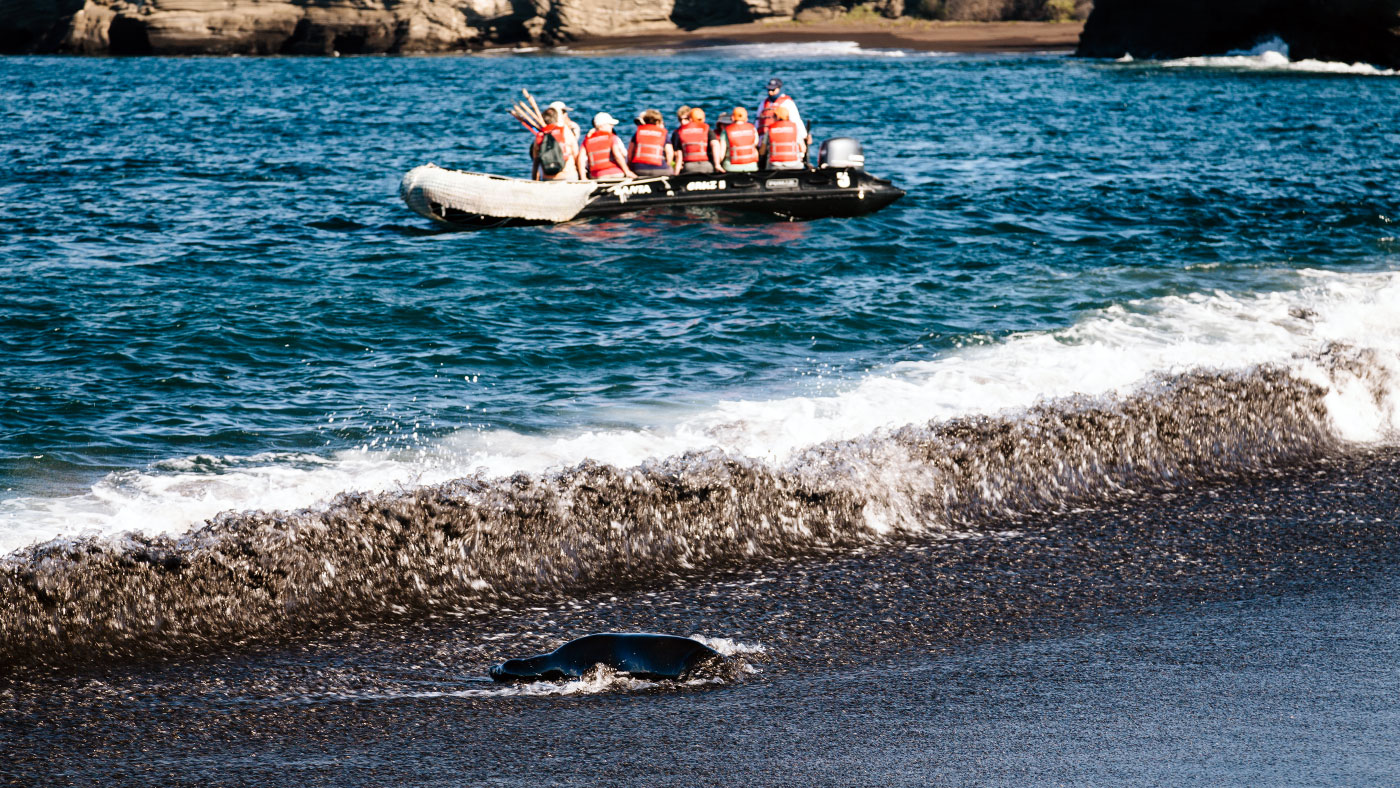
I am sitting at the balcony of a bar in Quito, looking down across the cobbles and colonnades of an elegant public square, and wondering what I have let myself in for.
Fireworks are exploding overhead as a huge bank of speakers in the plaza blasts out patriotic rock to thousands of swaying revellers. Pairs of handsome soldiers patrol in long black capes and scarlet sashes, seemingly sent from another era - or a Disney film - to keep the peace. And then my attention is drawn back to the bar by the arrival of several shot glasses filled with various beers I didn’t know I’d ordered.
The festivities, it turned out, were to mark the 484th anniversary of the founding of the city by Spanish conquistadors, and the multiple beers resulted from my haphazard experiments with the language they brought with them. Asked which cerveza locale I would prefer, I had grinned and nodded.
The Week
Escape your echo chamber. Get the facts behind the news, plus analysis from multiple perspectives.

Sign up for The Week's Free Newsletters
From our morning news briefing to a weekly Good News Newsletter, get the best of The Week delivered directly to your inbox.
From our morning news briefing to a weekly Good News Newsletter, get the best of The Week delivered directly to your inbox.
None of this was what I had in mind when I planned my trip to Ecuador, a country best known for the ecological richness of its rainforests - and, of course the Galapagos Islands. The Quito revelries, which would last for the next five days, were a noisy reminder that it’s rich in human as well as natural history.
A slice of it is on display at the Casa del Alabado, a museum dedicated to art and artefacts which predate the arrival of the Spanish. Alongside Inca gold and silverwork are treasures from much older civilisations. Beautifully lit and curated with refreshing restraint (only 500 pieces of the 5,000-strong collection are on display), they range from the sacred to the sexual to the baffling.
The phallus is well represented, but so too are female parts, and figures with elements of each. Other exhibits appear both ancient and modern, familiar and otherworldly. My favourite is a square-edged chunk of rock, transformed by a few carved lines into something half human, half space invader.

The creativity of its sculptor may have been artificially intensified - the ancient Ecuadorians were enthusiastic consumers of stimulants and hallucinogens - but they also had inspiration aplenty in the vivid creatures around them. At Mashpi Lodge, a luxurious glass-sided eco-hotel three hours north of Quito, I spent a few days in the cloud forest, among a selection of the weirdest and most wonderful.
A free daily email with the biggest news stories of the day – and the best features from TheWeek.com
Hummingbirds, for example, whose hearts beat more than 1,200 times per minute as they dive through the air at 60mph, a flash of iridescent feather almost too quick for the human eye. They can fly upside-down as well as backwards, swirling their wings in a figure of eight up to 80 times per second - even though some species weigh less than a 1p piece.
They move like no other creature, hanging in the air to drinking the nectar that fuels their acrobatics, then darting back to a nearby perch. Now and then one swooped fast and low past my ears, tearing through the air with a sound like a Star Wars lightsabre.

Across the valley, in Mashpi’s butterfly house, I met a more laid-back inhabitant of the forest. Having stepped into the netting enclosure, where the lodge’s resident lepidopterists nurture and study the many species that make their home here, I was instantly surrounded by fluttering wings. Then a large pair of them, and the giant owl butterfly to which they belonged, come to rest on my leg.
In no hurry to leave, it gave me ample time to see how it got its name: “owl” because of the dark eye-like circle on each wing - an attempt to confuse potential predators - and “giant” because of its eight-inch wingspan. It looked like it could have carried a hummingbird on its back.
I would have been glad of such assistance the following morning, when I joined a trek through the forest, earthbound and struggling with the rising humidity. Mashpi offers the opportunity to cruise above the canopy in cable cars and pedal-powered “sky bikes”, but it was down among the tangled roots and vines that I got a feel for the cut-throat nature of the cloud forest.
Each tree is in a race to reach what little light filters down through the foliage, and some resort to extreme measures. One species of fig sends up multiple shoots around a larger tree, clambering up the trunk and tightening its grip until the host tree has been strangled and the fig takes its place.
It’s the kind of behaviour that would have intrigued Charles Darwin, had he travelled inland instead of out to sea. He arrived on the Galapagos Islands in 1835 and spent little more than a month collecting mockingbirds, finches and tortoises - as well as the rock samples and fossils that were then his primary interest.
Back in Cambridge, he paid more attention to the birds, especially the finches, and realised that what he had thought were two separate species were in fact very similar - except for the shape of their beaks. He was, he wrote, “much struck how entirely vague and arbitrary is the distinction between species and varieties”, and for the next two decades he would gather more evidence to support his emerging theory: that animals changed over time in response to their environment, and that we too were caught up in this endless existential flux.
Today’s visitors will see many of the species that Darwin observed, though extinctions have taken their toll. The giant tortoises in particular - apparently delicious - were collected by so many passing sailors that they survive only in the highlands of a single island. Darwin himself ate some of them, but one he is thought to have carried home ended up in Australia, where she died in 2006 at the age of about 175.
I encountered a few of her descendants during my own five-day voyage aboard the Santa Cruz II, a cruise ship which carries up to 90 passengers on a variety of routes through the archipelago. Twice a day we went ashore in inflatable dinghies, and as I jumped onto each deserted beach I wondered if I was landing in Darwin’s footsteps.
The islands are strikingly different - even the colour of the sand ranges from white and gold to Martian red and volcanic black - but most are festooned with wildlife. Genovesa is alive with birds, in the air and on the ground, where they nest with little concern for predators or tourists. We had to beware of stepping on a broody red-footed boobie as we made our way from the shore.
Tip-toeing around the rock pools at Las Bachas on Santa Cruz island, we were more likely to tread on the marine iguanas - dismissed by Darwin as “disgusting, clumsy lizards” - which are unique to these islands. They share the shoreline with red rock crabs (actually a vivid orange) and the sea lions that were our constant companions.

Intensely curious on land and sea, they frequently trayed into the six-foot buffer zone meant to separate humans from the rest of the animal kingdom. As I snorkelled off the coast of the red-sanded island of Rabido, a pair of them startled me, cruising up from behind and brushing against my leg. They were spooked in turn by my abrupt retreat, but one sought me out a moment later, staring through my mask as if to make sure there were no hard feelings.
Others in the group had similar experiences. A little further out to sea, a mother and her pup had swum in between my fellow travellers, spiralling playfully from swimmer to swimmer. Yet more came back ashore with us, hauling themselves up the beach on their flippers to examine our discarded towels and lifejackets.
The locals may be friendly but the landscape is harsh, especially in the dry season, which strips smaller islands of all greenery. Even in the leafier spots, among the mangrove swamps near Darwin Bay, for example, it was clear that we were strangers here, unlikely to thrive in a land without fresh water.
For most of history, humans came ashore here only occasionally and by accident. The first to arrive were pre-Inca fishermen, blown off course from their coastal waters, and no doubt glad to see land in the vast Pacific. They left a few broken flutes but little evidence that they settled or even survived.

Whether the Incas themselves ever made the journey is disputed: legend suggests that some did, but proof has been elusive. Later, Spanish galleons and the pirates who preyed on them would seek shelter between the islands, but permanent human settlement would have to wait until 1832, a few years before Darwin’s arrival.
Today the population is controlled by law rather than nature. Settlement is prohibited on most of the islands, and tourists may spend only a few hours on each. Afterwards, each site is left untouched for two weeks, to give it a chance to recover.
Rabida’s rest period would begin as the sun was setting and our dinghies carried us back to the ship. The seals, having been happy to see us, seemed equally pleased by our impending departure, frolicking in the waves as I waited my turn to leave. Just before scrambling aboard the last of the boats, I watched one roll down the foreshore, splashing the water with each flipper in turn and squirming on her back, pressing her skin into the gravel. I lost sight of her in the dusky light on my way back out to sea.

The five-star Casa Gangotena, in Quito’s old town, has rooms from about £350 per person per night, including breakfast. At Mashpi Lodge, rates start from £520 per person per night based on two sharing, including activities, meals, guiding and return shared transfers from Quito. A five day, four night cruise through the northern Galapagos Islands aboard Santa Cruz II is from about £2,990 per person, including all food and activities, snorkeling gear and transport to the islands.
Journey Latin America (0203 553 9647; journeylatinamerica.co.uk), the UK’s leading specialist in travel to Latin America, has a nine-day holiday to Ecuador and the Galapagos Islands staying two nights at Mashpi Lodge, two nights at Casa Gangotena in Quito and four nights on board the Santa Cruz II (northern circuit), from £5,463 per person. The price includes transfers in Ecuador and Galapagos, excursions, most meals, return flights to the Galapagos from the mainland, Galapagos National Park entrance fees and a year’s membership of the Galápagos Conservation Trust. International flights are extra.

Holden Frith is The Week’s digital director. He also makes regular appearances on “The Week Unwrapped”, speaking about subjects as diverse as vaccine development and bionic bomb-sniffing locusts. He joined The Week in 2013, spending five years editing the magazine’s website. Before that, he was deputy digital editor at The Sunday Times. He has also been TheTimes.co.uk’s technology editor and the launch editor of Wired magazine’s UK website. Holden has worked in journalism for nearly two decades, having started his professional career while completing an English literature degree at Cambridge University. He followed that with a master’s degree in journalism from Northwestern University in Chicago. A keen photographer, he also writes travel features whenever he gets the chance.
-
 Trekking with gorillas in the warm heart of Africa
Trekking with gorillas in the warm heart of AfricaThe Week Recommends Great apes and an unforgettable encounter with elephants in the forests and swamps of the Congo
-
 New START: the final US-Russia nuclear treaty about to expire
New START: the final US-Russia nuclear treaty about to expireThe Explainer The last agreement between Washington and Moscow expires within weeks
-
 What do the people of Greenland want for their future?
What do the people of Greenland want for their future?As Europe prevaricates over US threats for annexation there is a unifying feeling of self-determination among Greenlanders
-
 Friendship: 'bromance' comedy starring Paul Rudd and Tim Robinson
Friendship: 'bromance' comedy starring Paul Rudd and Tim RobinsonThe Week Recommends 'Lampooning and embracing' middle-aged male loneliness, this film is 'enjoyable and funny'
-
 The Count of Monte Cristo review: 'indecently spectacular' adaptation
The Count of Monte Cristo review: 'indecently spectacular' adaptationThe Week Recommends Dumas's classic 19th-century novel is once again given new life in this 'fast-moving' film
-
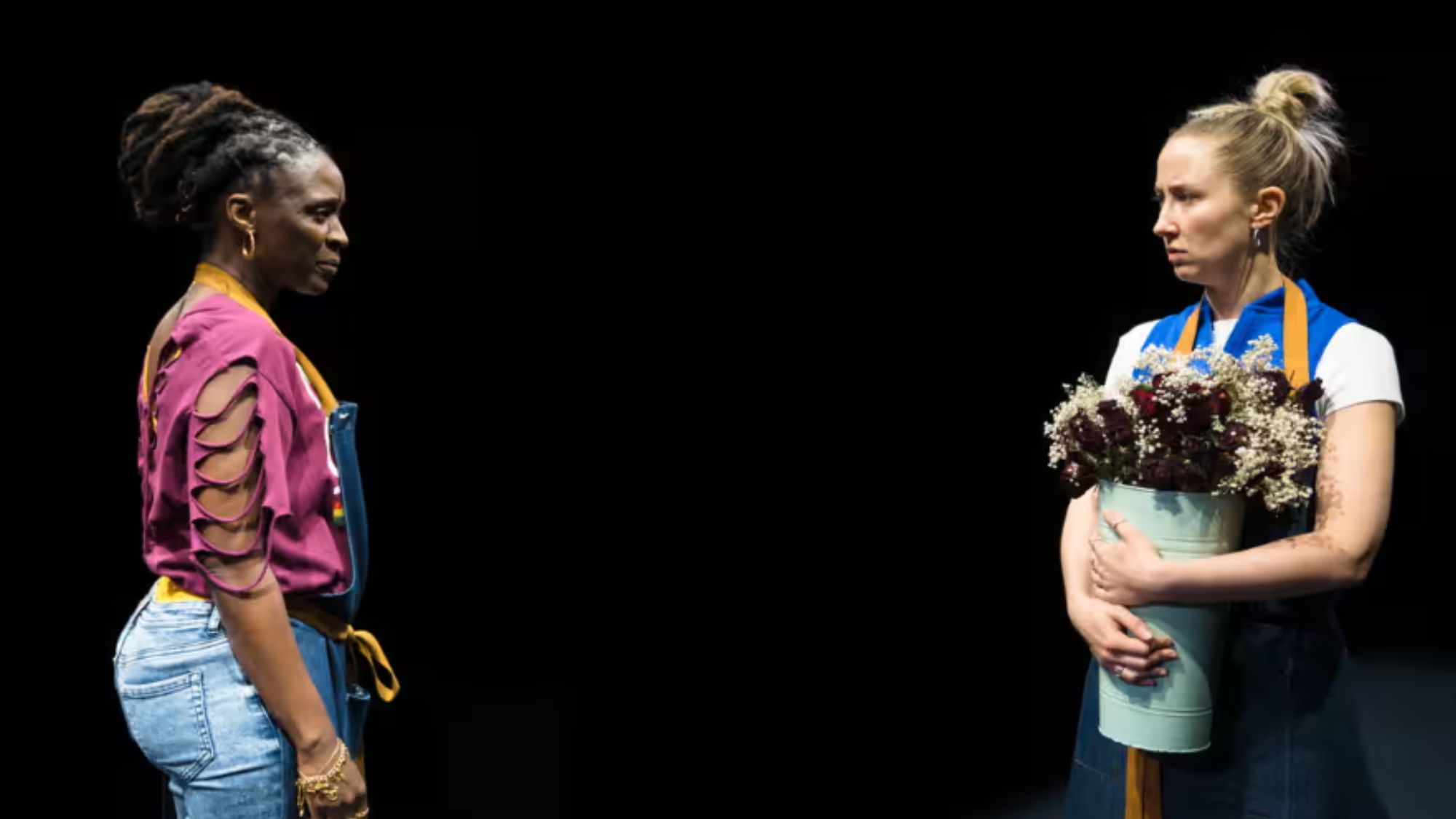 Death of England: Closing Time review – 'bold, brash reflection on racism'
Death of England: Closing Time review – 'bold, brash reflection on racism'The Week Recommends The final part of this trilogy deftly explores rising political tensions across the country
-
 Sing Sing review: prison drama bursts with 'charm, energy and optimism'
Sing Sing review: prison drama bursts with 'charm, energy and optimism'The Week Recommends Colman Domingo plays a real-life prisoner in a performance likely to be an Oscars shoo-in
-
 Kaos review: comic retelling of Greek mythology starring Jeff Goldblum
Kaos review: comic retelling of Greek mythology starring Jeff GoldblumThe Week Recommends The new series captures audiences as it 'never takes itself too seriously'
-
 Blink Twice review: a 'stylish and savage' black comedy thriller
Blink Twice review: a 'stylish and savage' black comedy thrillerThe Week Recommends Channing Tatum and Naomi Ackie stun in this film on the hedonistic rich directed by Zoë Kravitz
-
 Shifters review: 'beautiful' new romantic comedy offers 'bittersweet tenderness'
Shifters review: 'beautiful' new romantic comedy offers 'bittersweet tenderness'The Week Recommends The 'inventive, emotionally astute writing' leaves audiences gripped throughout
-
 How to do F1: British Grand Prix 2025
How to do F1: British Grand Prix 2025The Week Recommends One of the biggest events of the motorsports calendar is back and better than ever